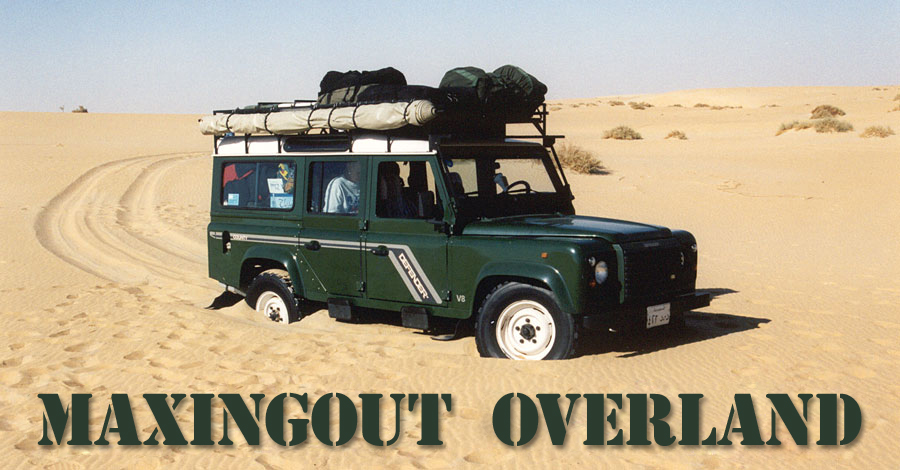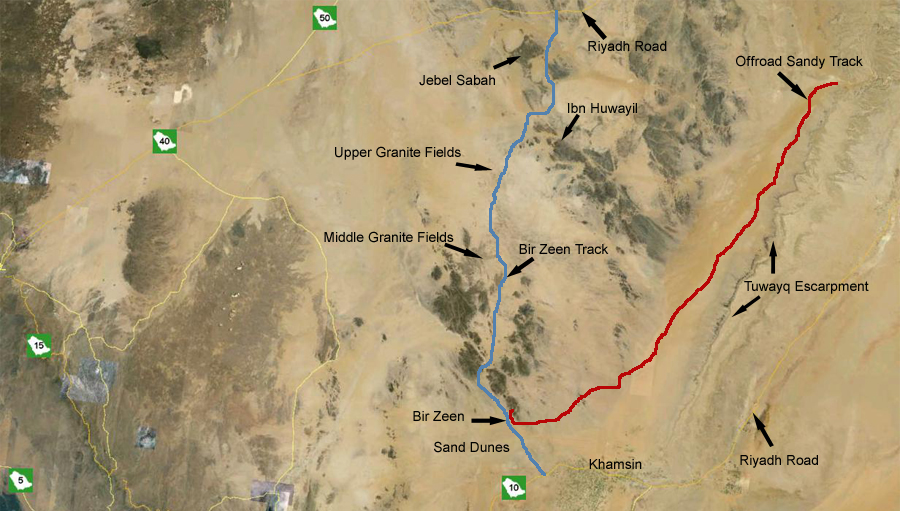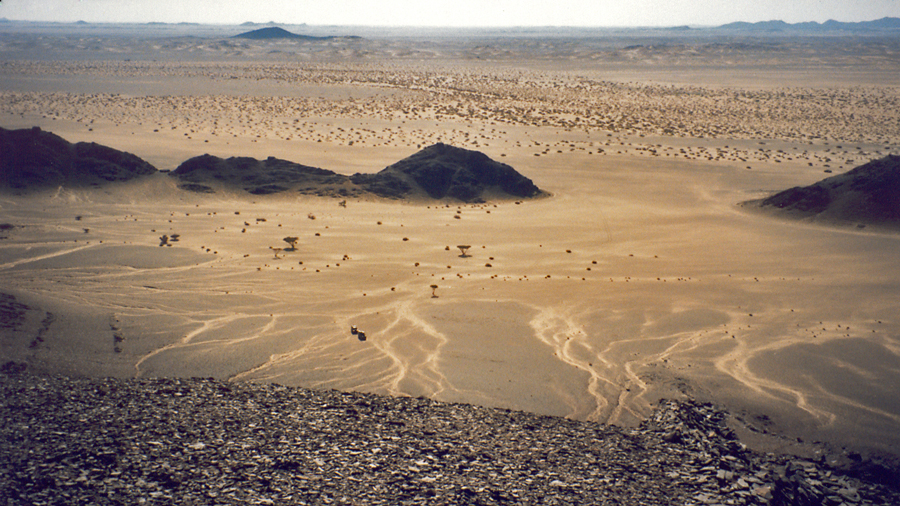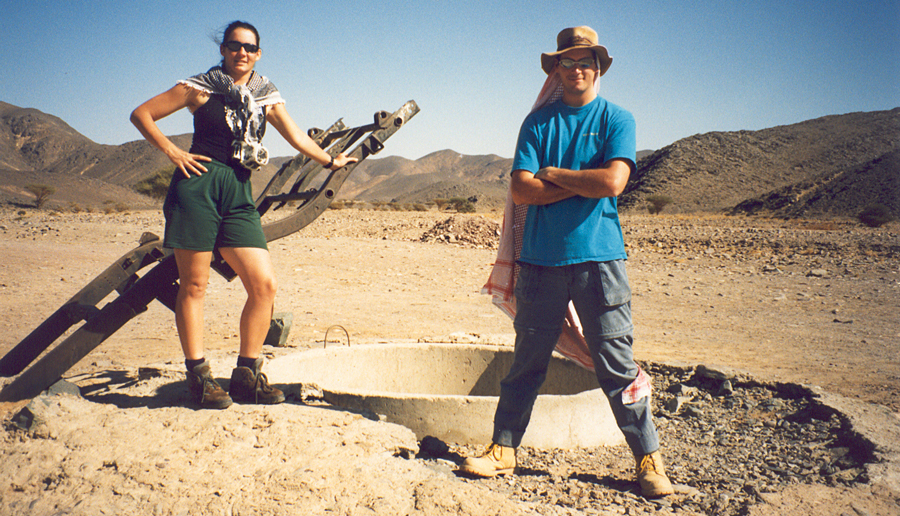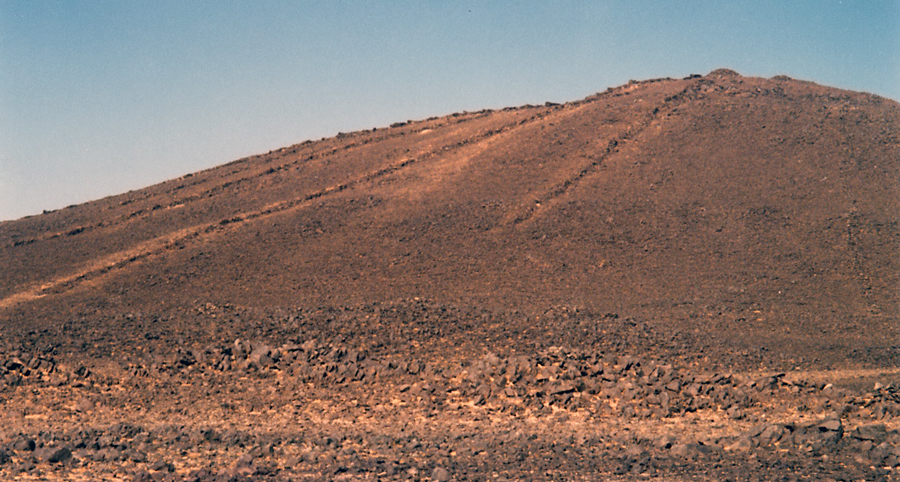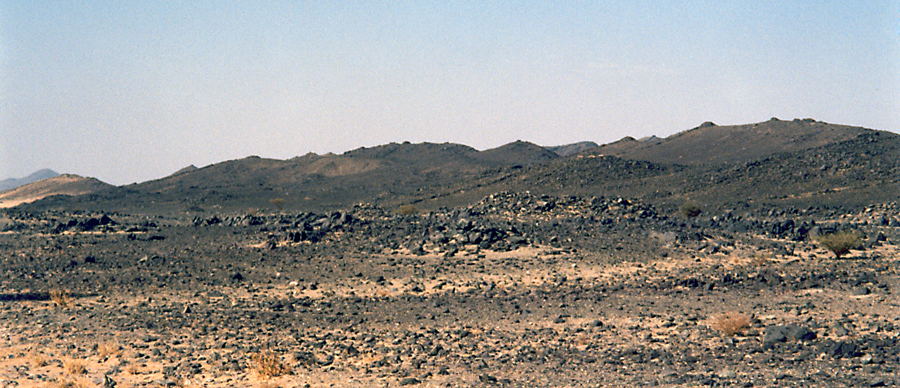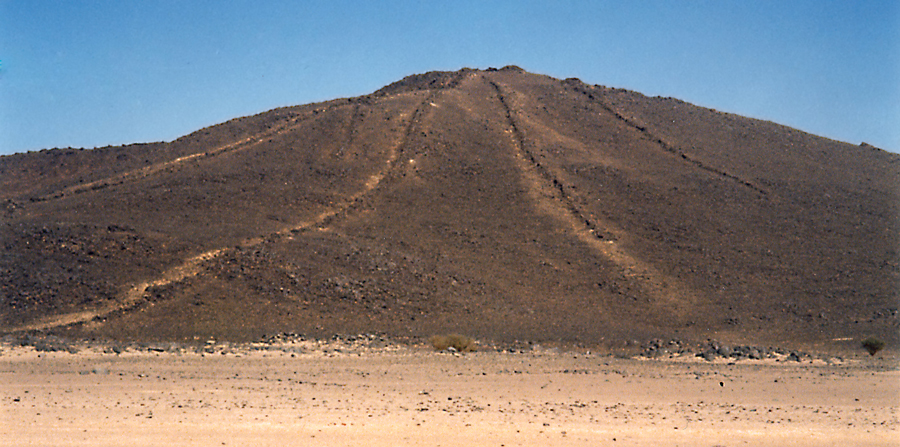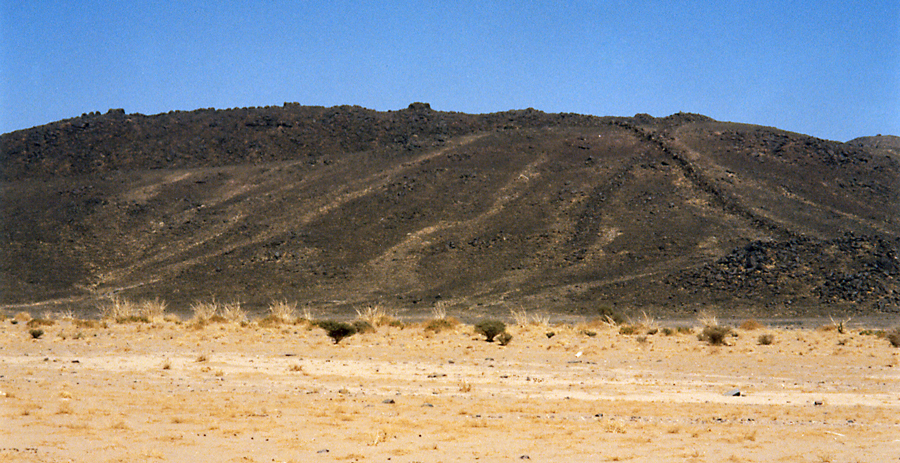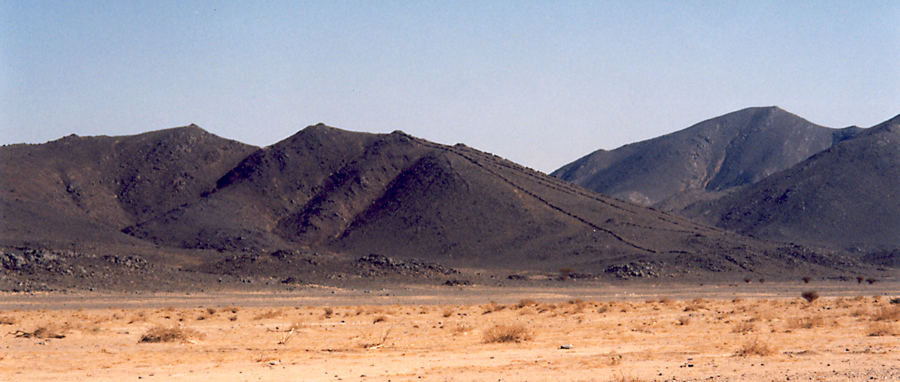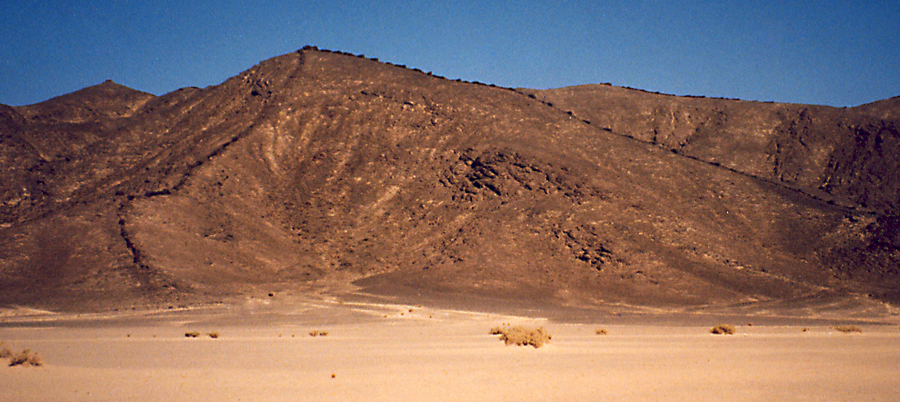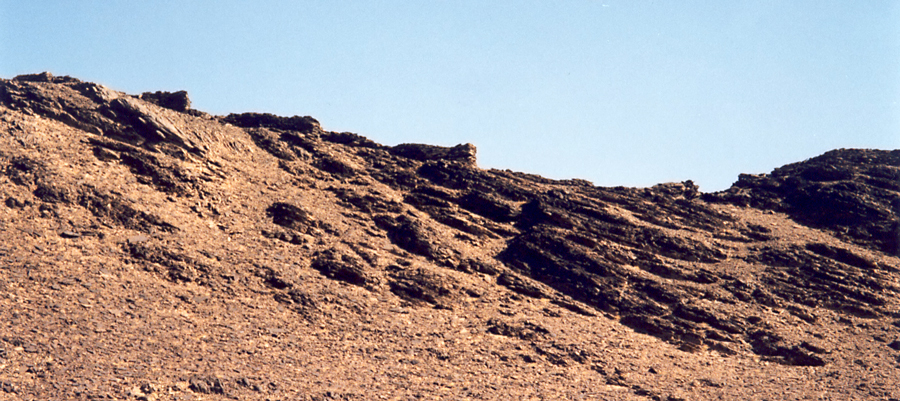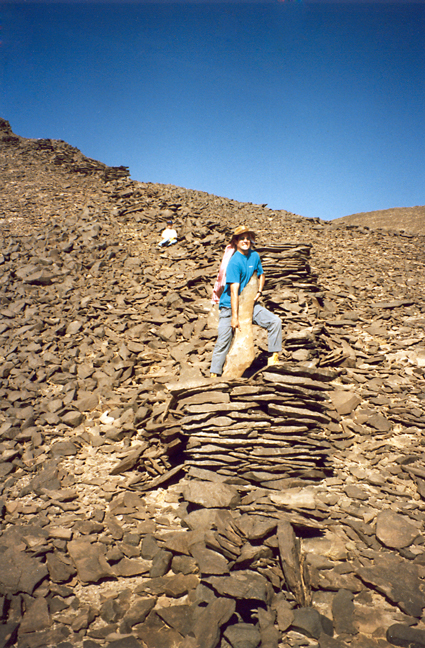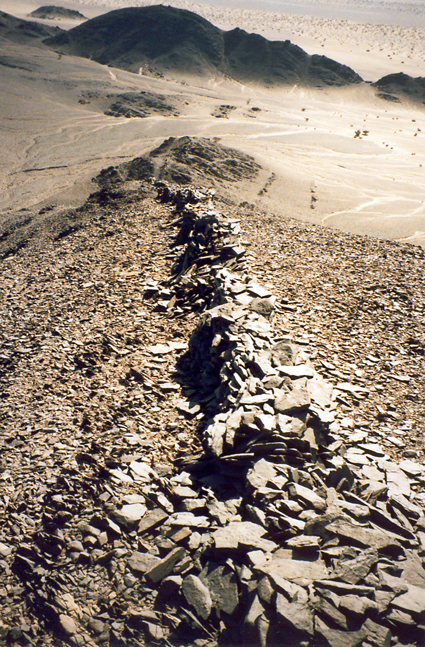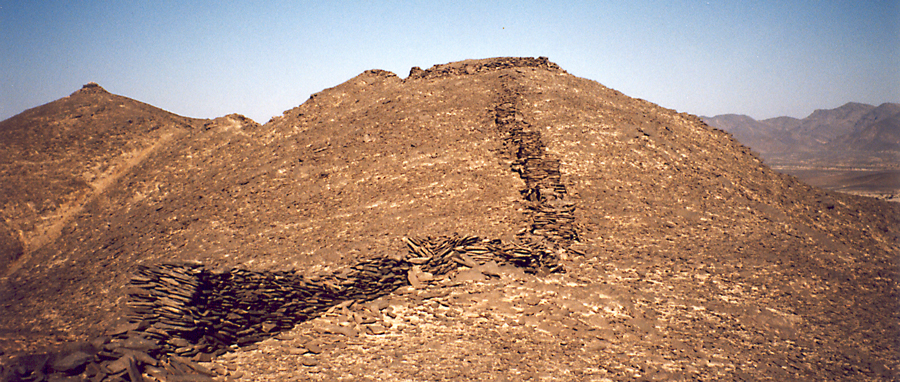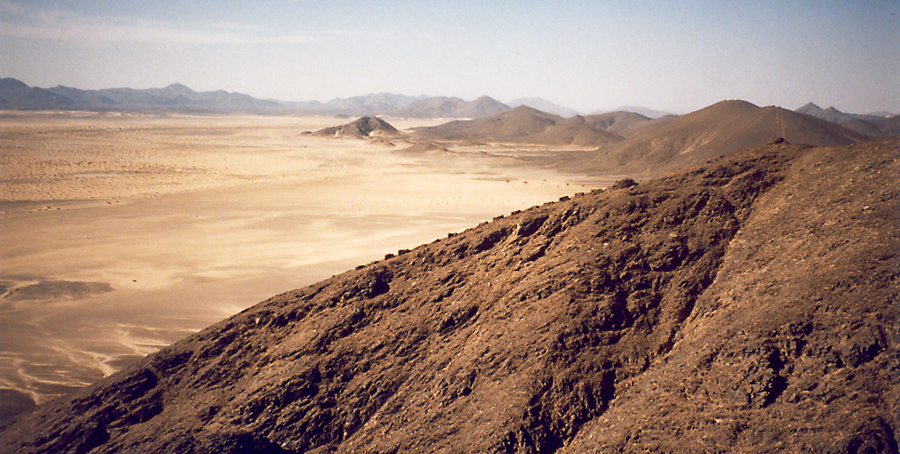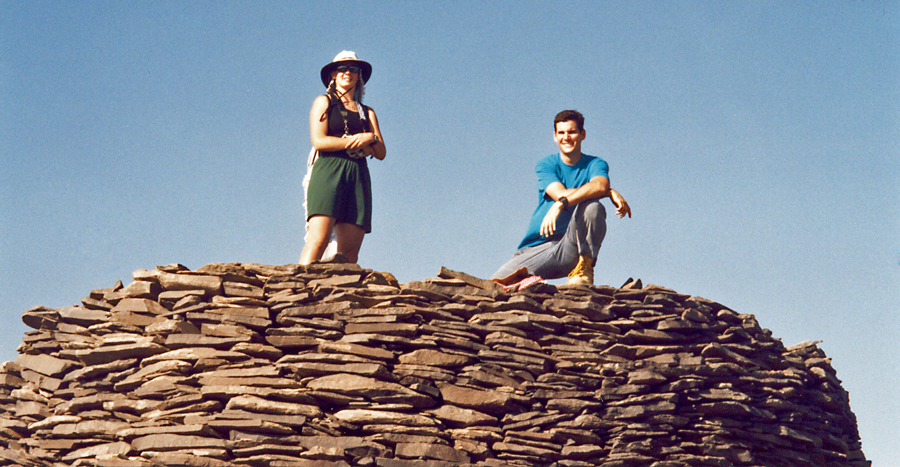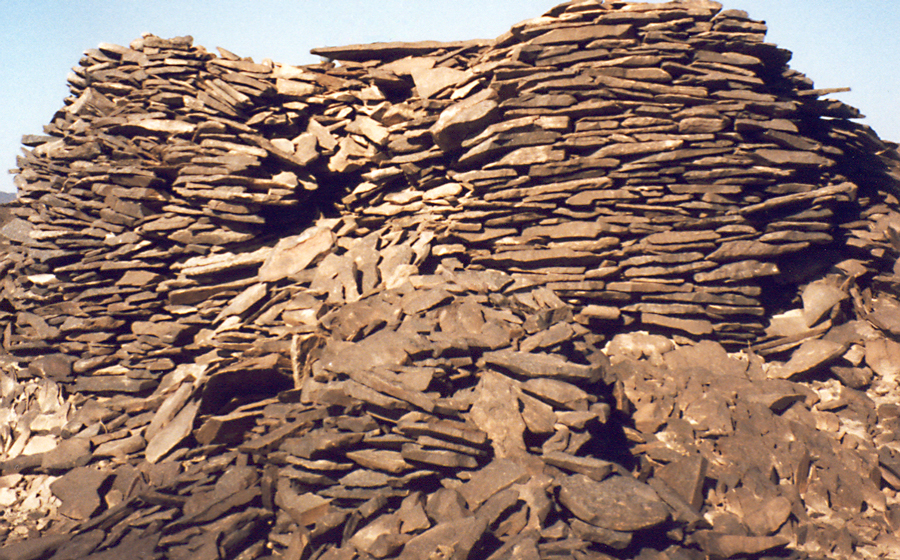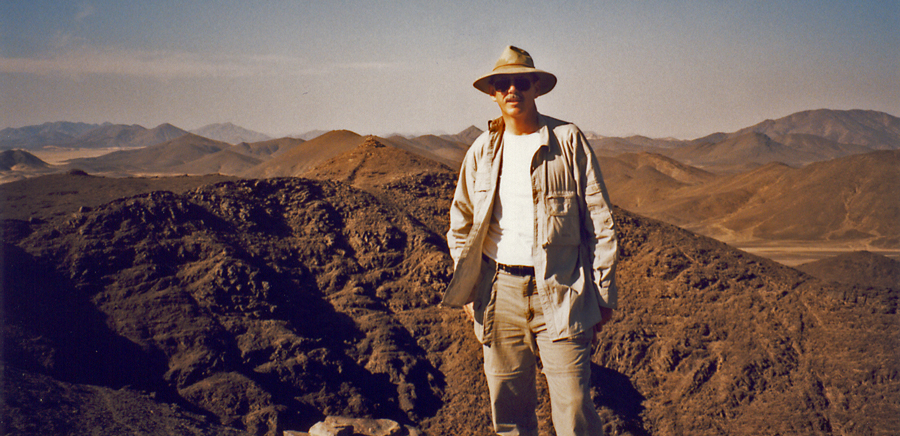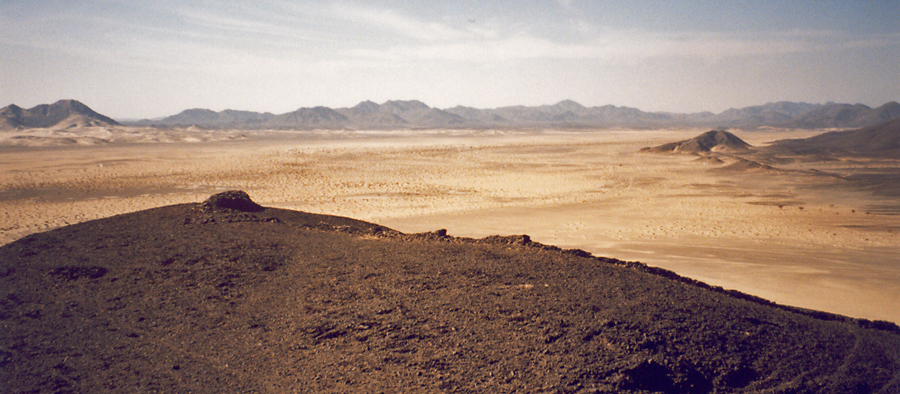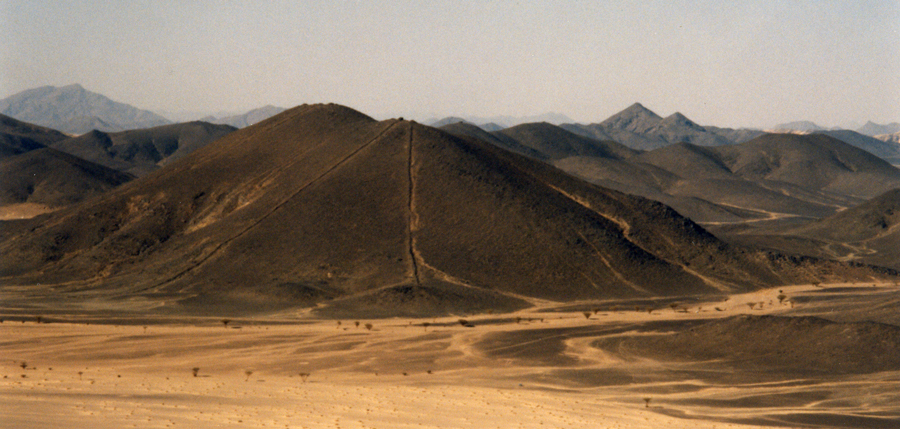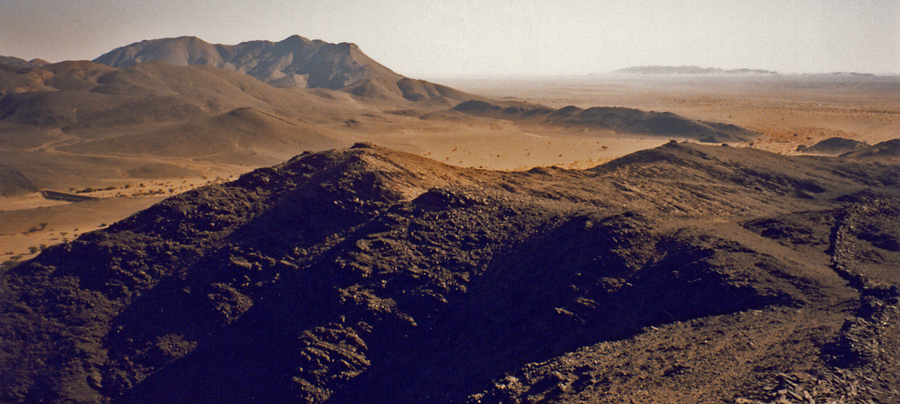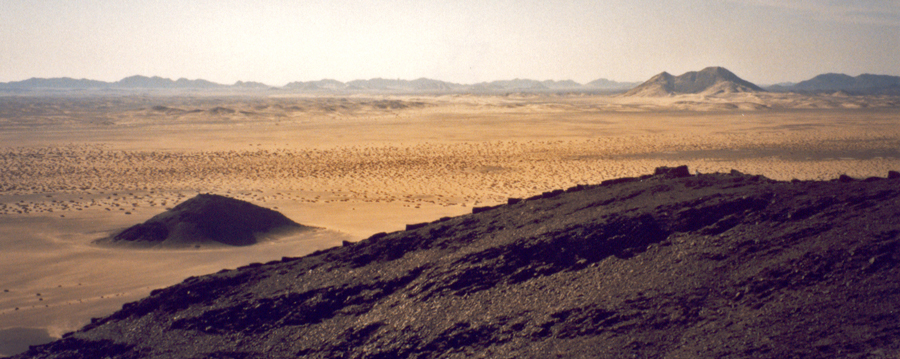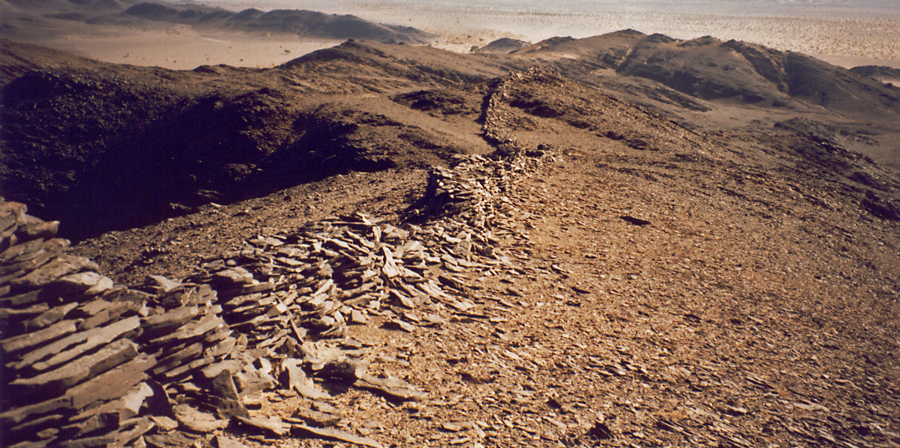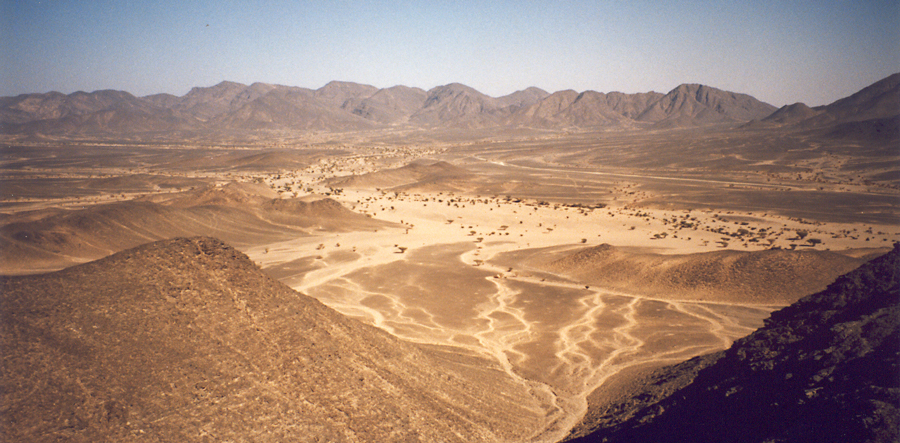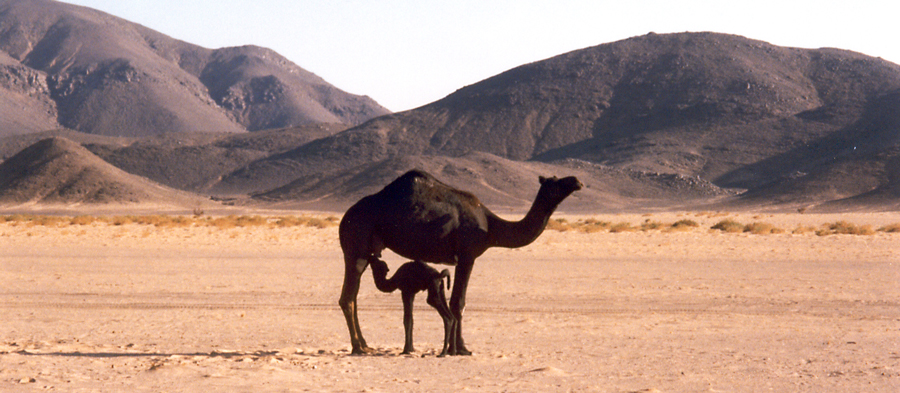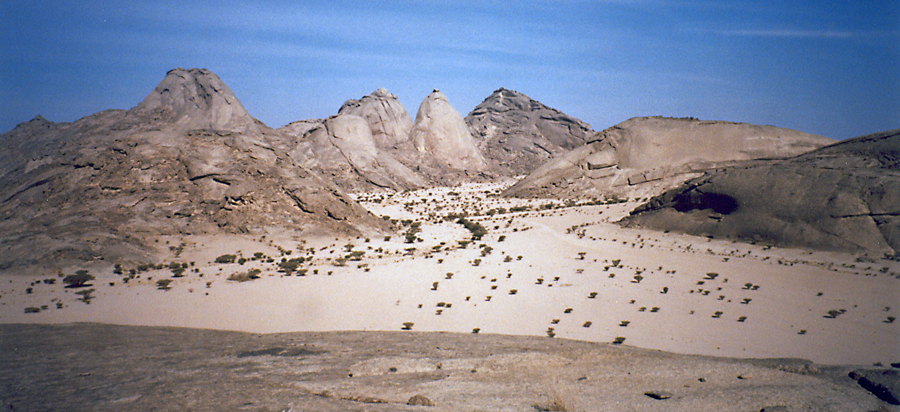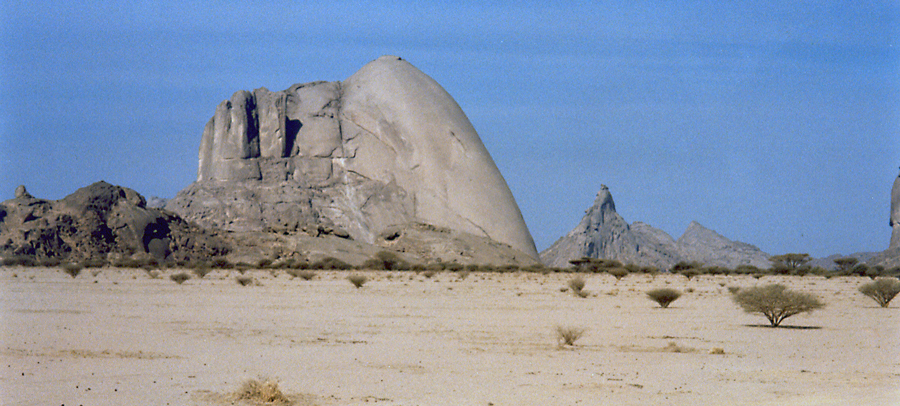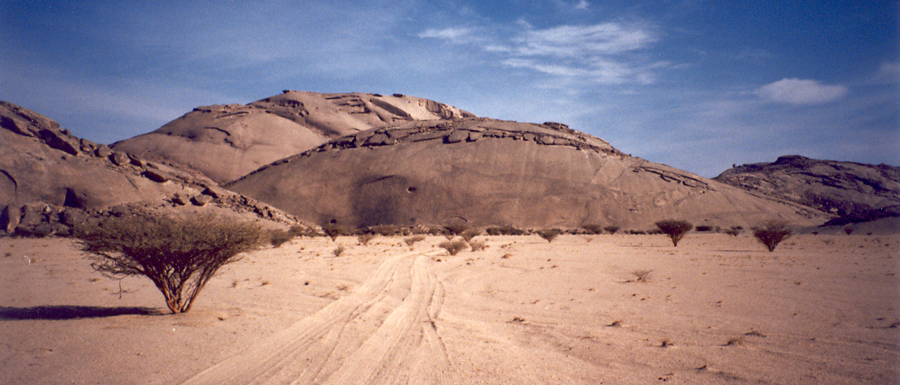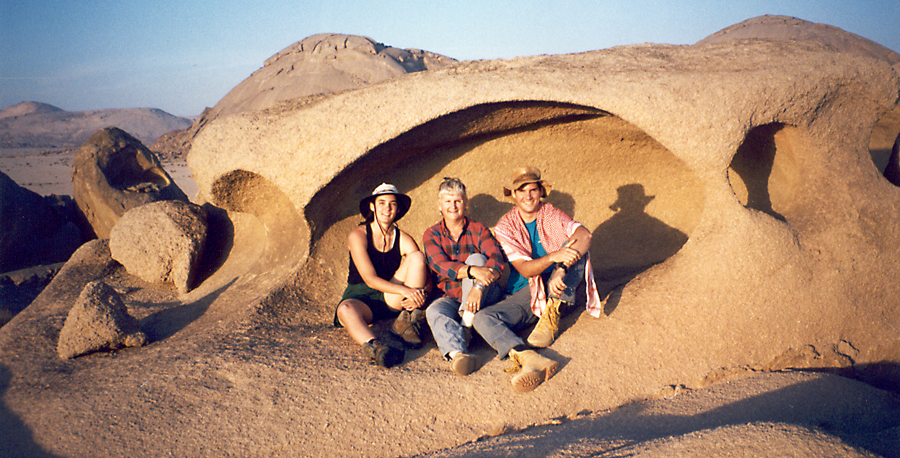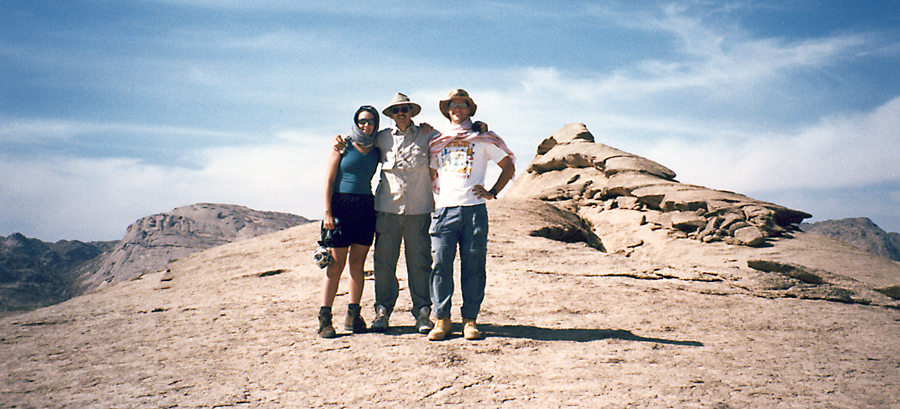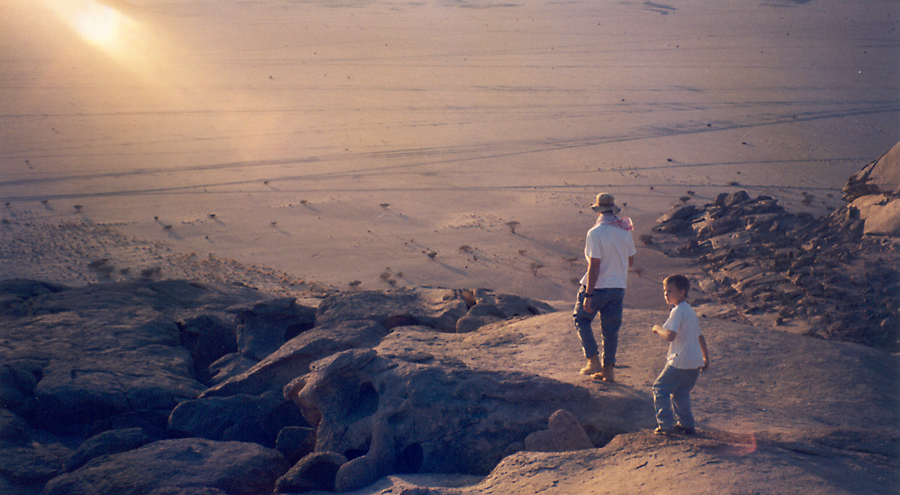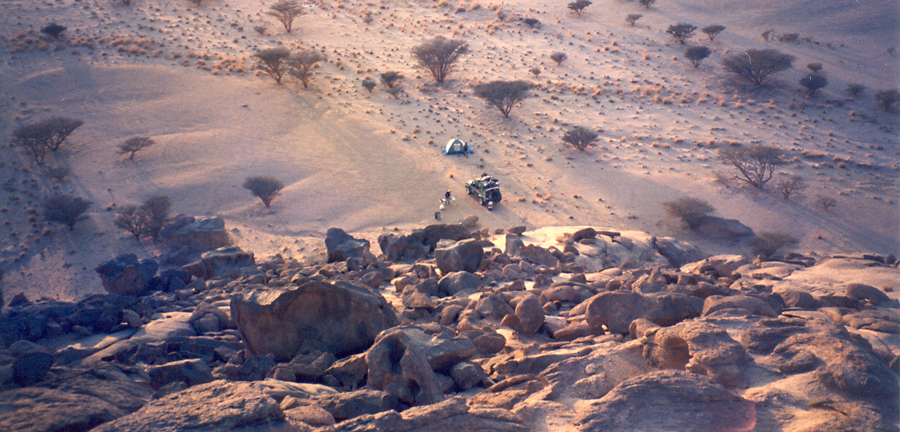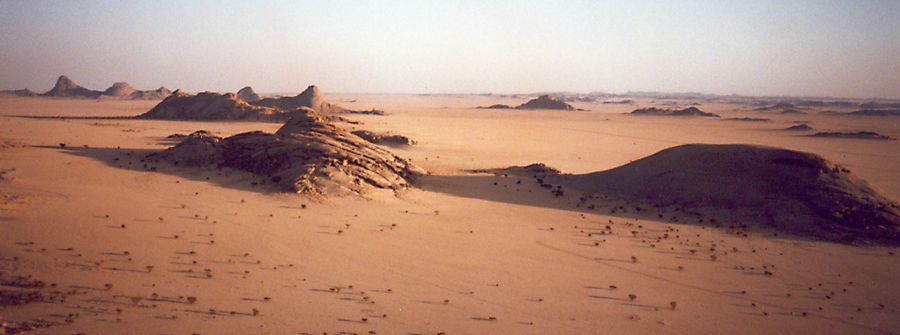maxingout
Adventurer
Each expedition into the Arabian desert is special for different reasons. Some trips are simply to get away from it all to experience the solitude and stark beauty of the Arabian shield. Other trips have a specific destination in mind, and the destination defines the adventure.
The U.S. Geological Survey worked with the Saudi government to create a set of maps of the geology of the Kingdom of Saudi Arabia. My favorite survey map is the Southern Nejd Quadrangle. A smorgasbord of sand dunes, wadis, granite fields, metamorphic mountain ranges, and archeological mysteries abound in this quadrangle. When I think of this area, the word "awesome" comes to mind.
In the southern part of this Quadrangle is a mysterious area - the Tombs of Bir Zeen. Bir is the Arabic word for well, and zeen is the word for good. Bir Zeen must have been an area with good wells for the Bedouins to give it such a name.
The tombs of Bir Zeen are pre-Islamic and shrouded in mystery. Who designed the tombs? Why did they construct them in such an unusual manner? Why did they choose that location? Who was buried there?
If there ever were tombs with a view, it would be at Bir Zeen. Their remote location and other worldly appearance makes an expedition to Bir Zeen an unforgettable experience.
Overlanding to Bir Zeen is an adventure in itself. You can make it into a ten day expedition with sand dunes, wadis, mountains, and granite fields along the way. If you are in hurry and want to rush through paradise, you can miss all the good stuff and do it in a few days. In the southern Nejd Quadrangle, the journey is every bit as good as the destination, and I never rush when I explore this region.
My first trip to Bir Zeen followed the red track south until I reached Bir Zeen proper. I then turned north and went on the blue track for a total of approximately 700 to 800 kilometers off-road with lots of zigzagging and side trips. On the red track you travel in sand on the western side of the giant Tuwayq escarpment before turning east to Bir Zeen. If you love driving in sand, and if you have plenty of time, this is a great way to go.
My second trip to Bir Zeen followed the blue line coming up from the south after spending a week camping in the Empty Quarter. To get onto the blue line, you drive past the town of Khamsin until you get beyond the vast fields of green irrigated pivots that block your path to the north. Once you escape the farms, you cross a sandy plain with Barchan dunes for 100 kilometers to arrive at Bir Zeen. From Bir Zeen you drive off-road north through mountains and granite fields for 300 to 400 kilometers depending on how much exploring you do along the way.
The expedition can easily be run in reverse as long as you have plenty of fuel. Bedouin fuel tanks are scattered here and there in this region, but you can't be sure that fuel will be available in deep desert. I carry up to 13 jerry cans for long trips in my Defender 110, and I don't usually need to stop for fuel.
To read the story of this expedition, visit: http://maxingoutoverland.com
![Bir-Zeen-Map[1].jpg Bir-Zeen-Map[1].jpg](https://expeditionportal.com/forum/data/attachments/33/33680-cdb14b28d9ee8f9da7e63bc571084e20.jpg)
The U.S. Geological Survey worked with the Saudi government to create a set of maps of the geology of the Kingdom of Saudi Arabia. My favorite survey map is the Southern Nejd Quadrangle. A smorgasbord of sand dunes, wadis, granite fields, metamorphic mountain ranges, and archeological mysteries abound in this quadrangle. When I think of this area, the word "awesome" comes to mind.
In the southern part of this Quadrangle is a mysterious area - the Tombs of Bir Zeen. Bir is the Arabic word for well, and zeen is the word for good. Bir Zeen must have been an area with good wells for the Bedouins to give it such a name.
The tombs of Bir Zeen are pre-Islamic and shrouded in mystery. Who designed the tombs? Why did they construct them in such an unusual manner? Why did they choose that location? Who was buried there?
If there ever were tombs with a view, it would be at Bir Zeen. Their remote location and other worldly appearance makes an expedition to Bir Zeen an unforgettable experience.
Overlanding to Bir Zeen is an adventure in itself. You can make it into a ten day expedition with sand dunes, wadis, mountains, and granite fields along the way. If you are in hurry and want to rush through paradise, you can miss all the good stuff and do it in a few days. In the southern Nejd Quadrangle, the journey is every bit as good as the destination, and I never rush when I explore this region.
My first trip to Bir Zeen followed the red track south until I reached Bir Zeen proper. I then turned north and went on the blue track for a total of approximately 700 to 800 kilometers off-road with lots of zigzagging and side trips. On the red track you travel in sand on the western side of the giant Tuwayq escarpment before turning east to Bir Zeen. If you love driving in sand, and if you have plenty of time, this is a great way to go.
My second trip to Bir Zeen followed the blue line coming up from the south after spending a week camping in the Empty Quarter. To get onto the blue line, you drive past the town of Khamsin until you get beyond the vast fields of green irrigated pivots that block your path to the north. Once you escape the farms, you cross a sandy plain with Barchan dunes for 100 kilometers to arrive at Bir Zeen. From Bir Zeen you drive off-road north through mountains and granite fields for 300 to 400 kilometers depending on how much exploring you do along the way.
The expedition can easily be run in reverse as long as you have plenty of fuel. Bedouin fuel tanks are scattered here and there in this region, but you can't be sure that fuel will be available in deep desert. I carry up to 13 jerry cans for long trips in my Defender 110, and I don't usually need to stop for fuel.
To read the story of this expedition, visit: http://maxingoutoverland.com
![Bir-Zeen-Map[1].jpg Bir-Zeen-Map[1].jpg](https://expeditionportal.com/forum/data/attachments/33/33680-cdb14b28d9ee8f9da7e63bc571084e20.jpg)
Last edited:

